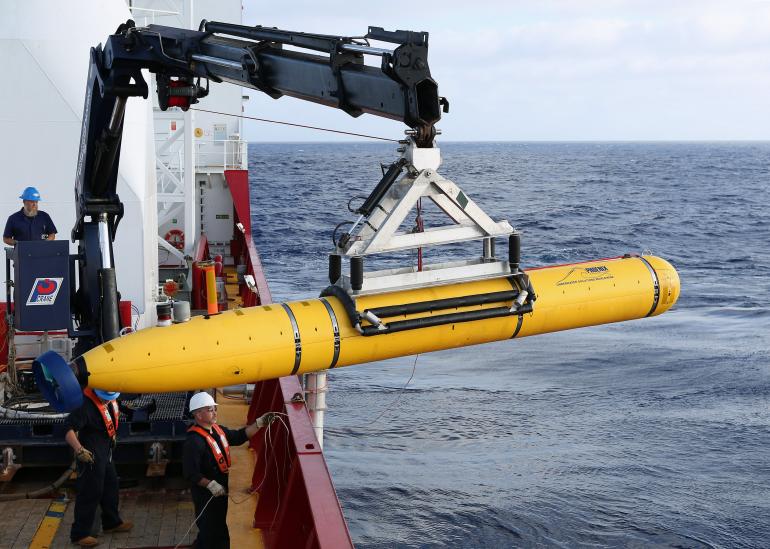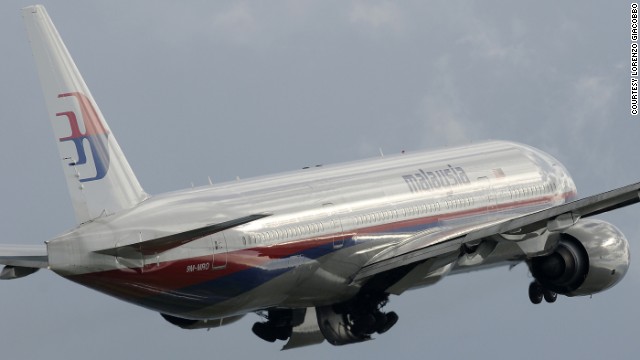
Australian officials confirm that the Boeing 777 which disappeared on its way to Beijing in early March with 239 passengers and crew on board has not been found by their extensive search efforts in the Indian Ocean. Malaysia Airlines flight MH370 had been tracked by satellite to the southern Indian Ocean, and pings which might have come from the plane's black boxes were heard off the western coast of Australia in early April.
The Independent reports that the search for the missing Malaysian airline has become the most expensive recovery effort of its kind in history. An unmanned sea vessel has thoroughly searched around 1,000 miles of seabed where underwater pings heard in early April had indicated the plane might be located in hopes of finding the missing plane; however, no trace of the Boeing 777 was found and the search off the western coast of Australia has ended with some officials believing that the pings may not have originated from the black boxes after all.
CNN reports that the intermittency of the pings heard in April matched what Flight MH370's black boxes would be expected to produce; however, the frequency of the pings was slightly lower than that of the plane's equipment, and the four ping sites that were detected were miles apart. Experts say that the plane's black boxes could have been separated in a crash, however, and this might explain the distant ping locations. Also, the ocean pressure may have altered the beacons' ping frequency.
The Australia-based Joint Agency Coordination Centre said Thursday that the area where the pings were heard is likely not the site of the plane. "The Australian Transport Safety Bureau (ATSB) has advised that the search in the vicinity of the acoustic detections can now be considered complete and in its professional judgment, the area can now be discounted as the final resting place of MH370," they said in a statement. Australian authorities still believe that the plane will be found elsewhere in the Indian Ocean, however.
The pings that were heard in April may have actually originated from the search vessel or another man-made source, the US Navy's deputy director of ocean engineering Michael Dean has said - "Your fear any time you put electronic equipment in the water is that if any water gets in and grounds or shorts something out, that you could start producing sound," he explains. Dean has been criticized for speculating about the origin of the pings prematurely, however.
The manufacturer of the beacons on board Flight MH370 speculates that the batteries inside the black boxes have probably died by this time. The search area for the plane has now expanded to 23,100 square miles, and a Chinese vessel is expected to begin its search in August. It is estimated that the undertaking may take up to one full year to complete.




















